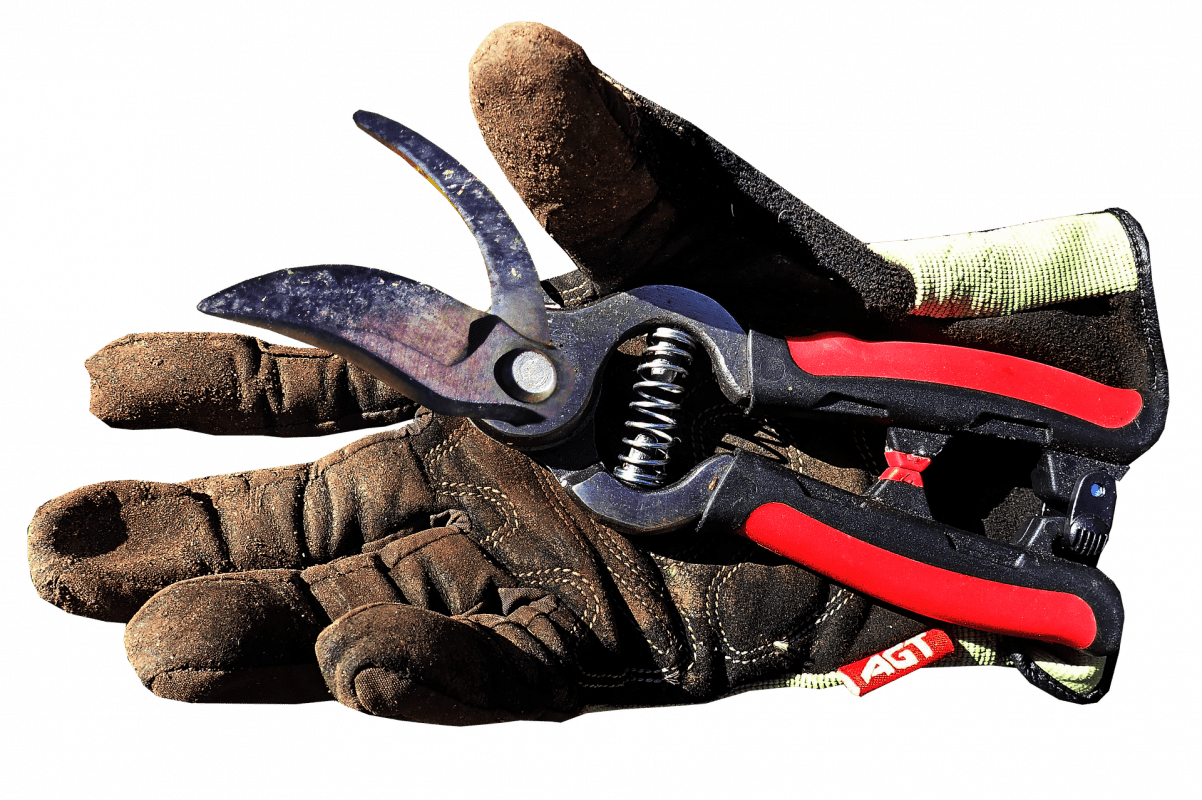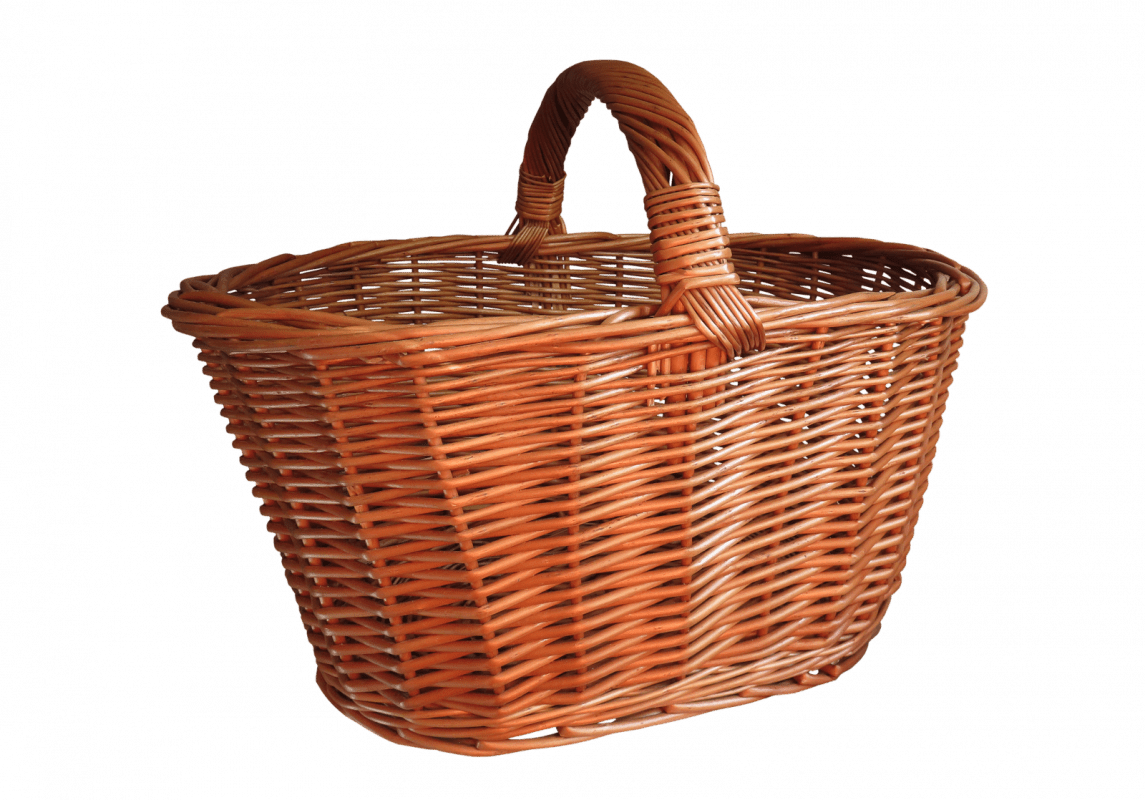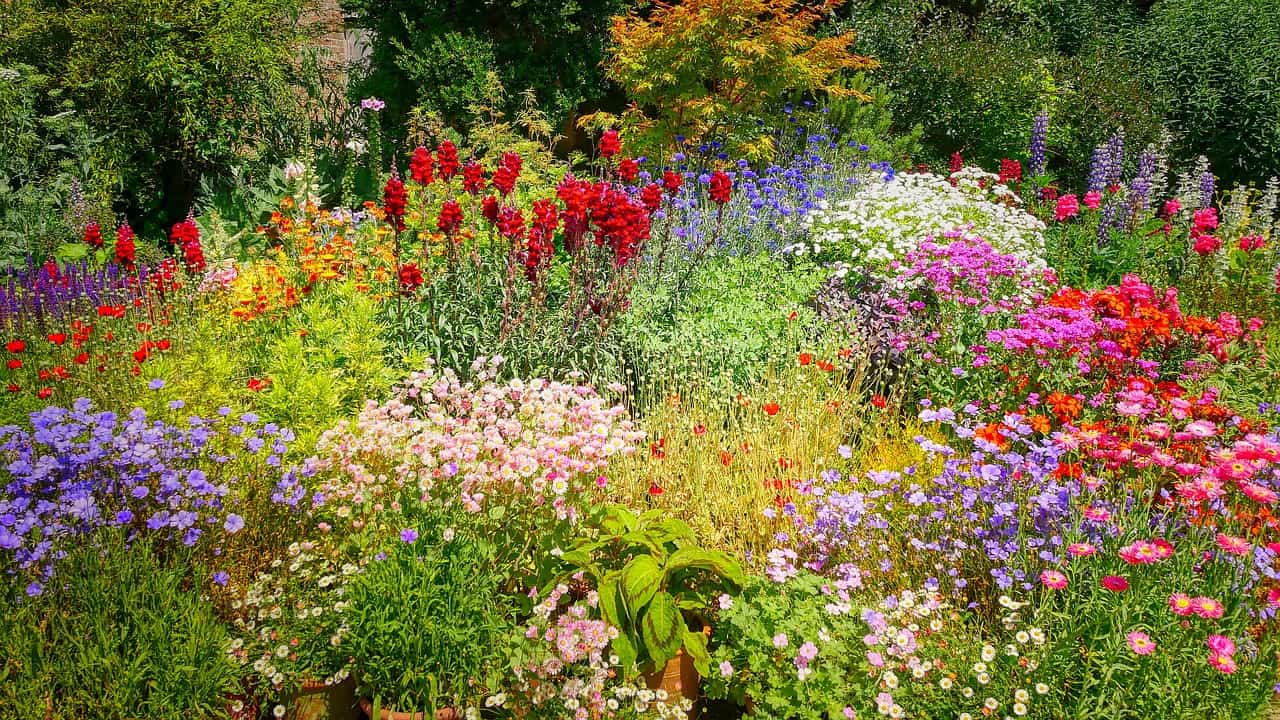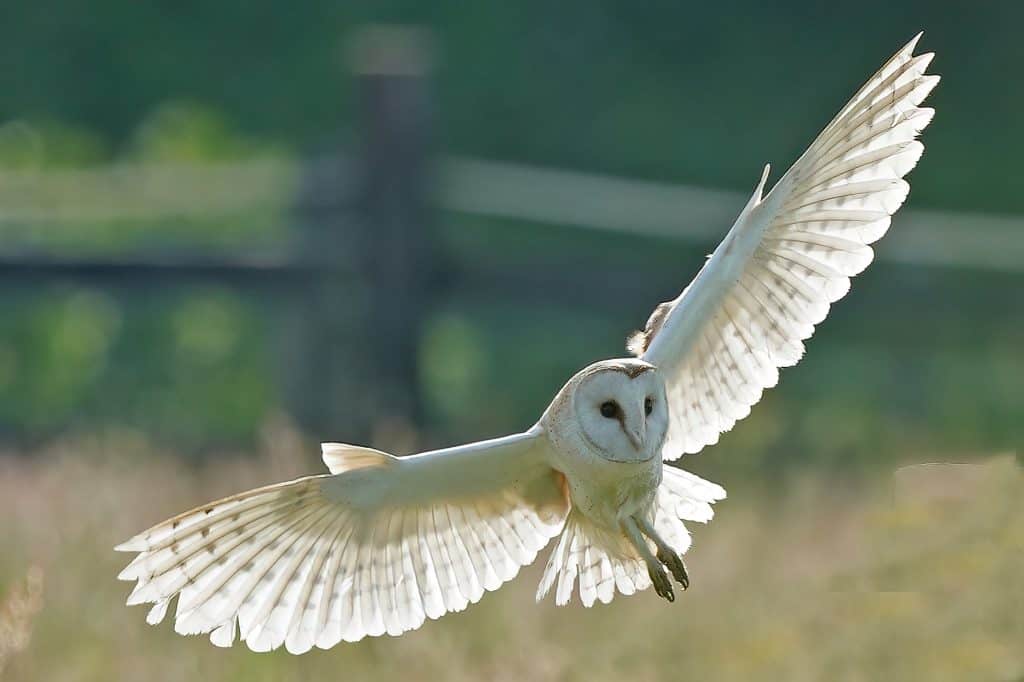Blackbird
Turdus Merula
RSPB Conservation Status – Green
Last seen – 28-2-23
Males are entirely black with a bright orange-yellow bill and eye-ring, while females have a brownish-black plumage with streaks and spots on their breast.
Both sexes have a long tail, which is often held upright while perched.
Blackbird Facts
Population – Between 5m and 6m breeding pairs
Length – 24 – 25 cm
Wingspan – 34 – 38 cm
Weight – 80 – 100 g
Breeding
Blackbirds build their nests in a variety of locations, including hedges, trees, and even on the ground in dense vegetation.
The nest is made from twigs, leaves, and grass, and lined with fine grass and moss.
The female lays 3-5 eggs, which are incubated for around two weeks.
Both parents take turns feeding the chicks, which fledge after around two weeks.
During the breeding season, males can often be heard singing a melodious, flute-like song from a high perch.
Habitat
Blackbirds are commonly found in woodland areas, parks, gardens, and other habitats with trees and shrubs.
They are also known to inhabit urban areas and can often be seen hopping around lawns, searching for worms and insects.
Food
Blackbirds primarily feed on insects and other invertebrates found on the ground, such as earthworms, snails, and beetles.
They also eat fruit, berries, and seeds, particularly in the autumn and winter months.










